Studious fans of soccer often compare various aspects of the game with other sports in order to gain a deeper understanding of the similarities and differences.
One of the benchmarks that’s most commonly set is when it comes to looking – side by side – at the relative size of soccer balls and basketballs.
So, is a soccer ball really bigger than a basketball?
Well, here’s your answer.
In terms of official regulation sizes, a soccer ball is smaller than its basketball counterpart, with the former typically registering a circumference of between 68 cm and 70 cm (27 inches to 28 inches), whereas the latter checks in at a circumference of 75 cm (29 inches).

Want to test your knowledge on soccer ball care?
Take the quiz by clicking the button below and see just how informed you truly are!
Note - You'll need to enter your email address to see the final results.




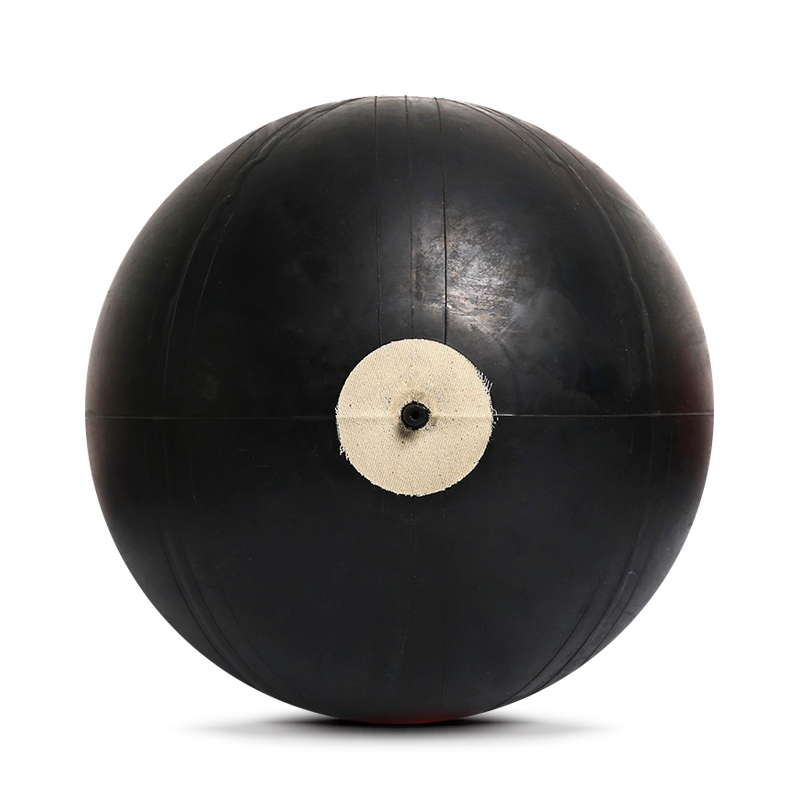



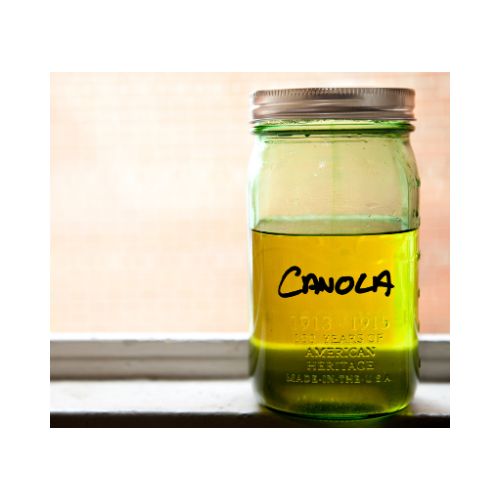
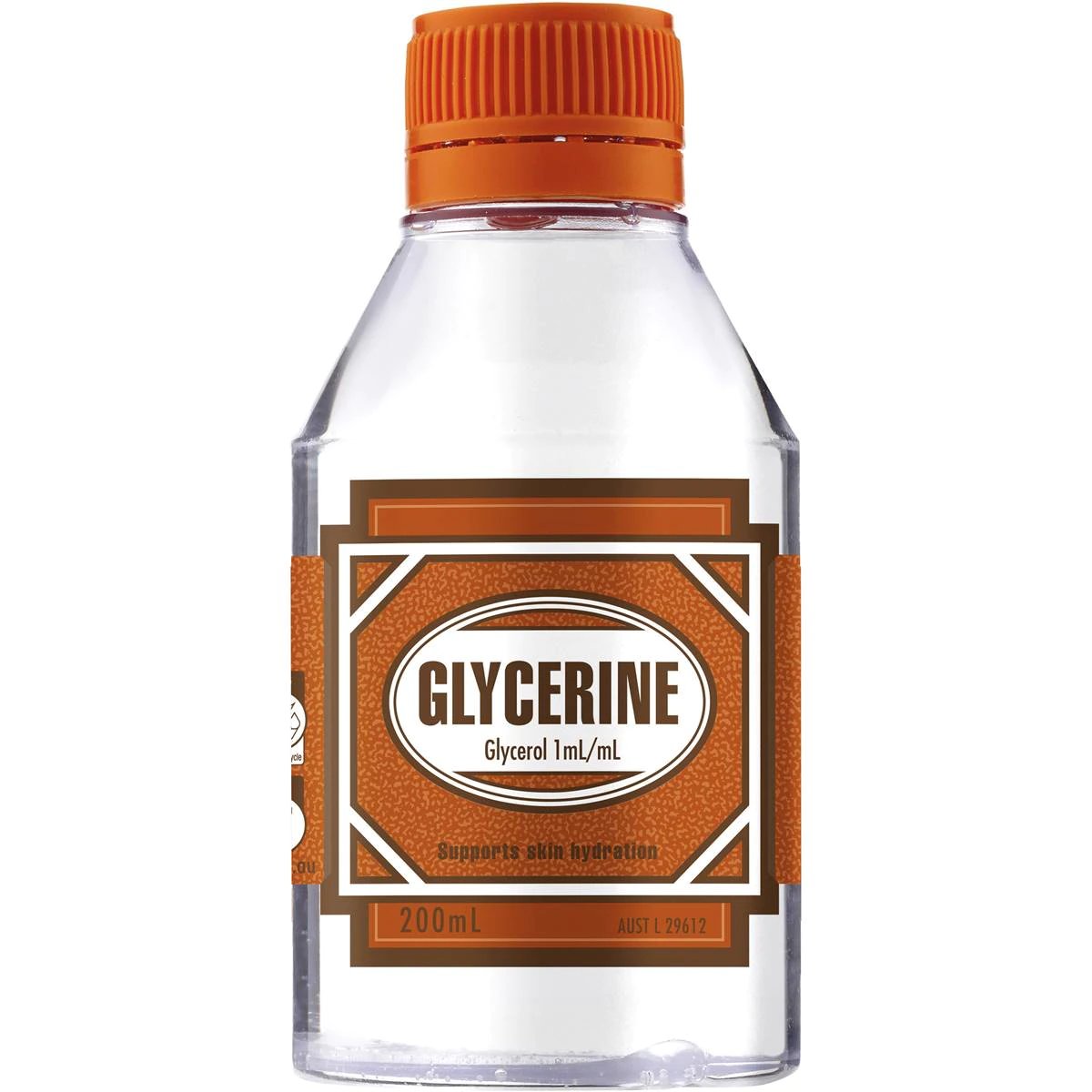



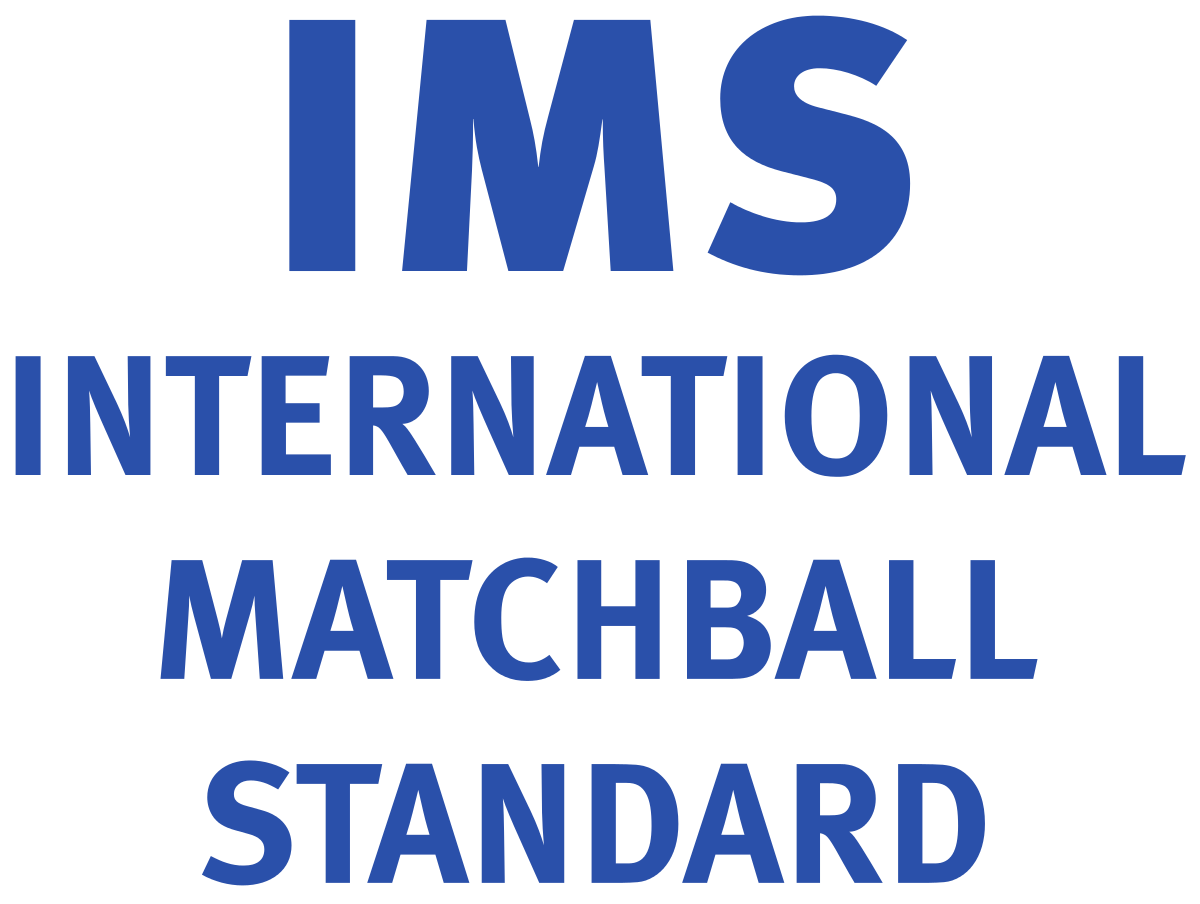
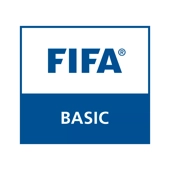







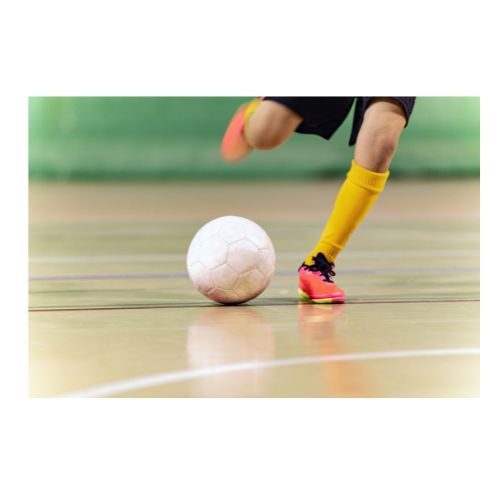

As you can see, the size gap isn’t as big as one might have expected.
Let’s now take a deeper look at exactly how these two symbolic objects stack up against one another with regard to dimensions.
Ball size and weight breakdown
I’m going to show you a basic ball size and weight comparison between a soccer ball and a basketball, that takes into account each of the following metrics:
- Diameter
- Circumference
- Weight
So, without further ado, here’s how the two types of balls compare:
| Ball Type | Diameter (inches) | Circumference (centimetres) | Weight (grams) |
|---|---|---|---|
| Soccer Ball | 8.66 | 68 | 410 |
| Basketball | 9 | 75 | 580 |
Soccer balls vs basketballs: which are better?
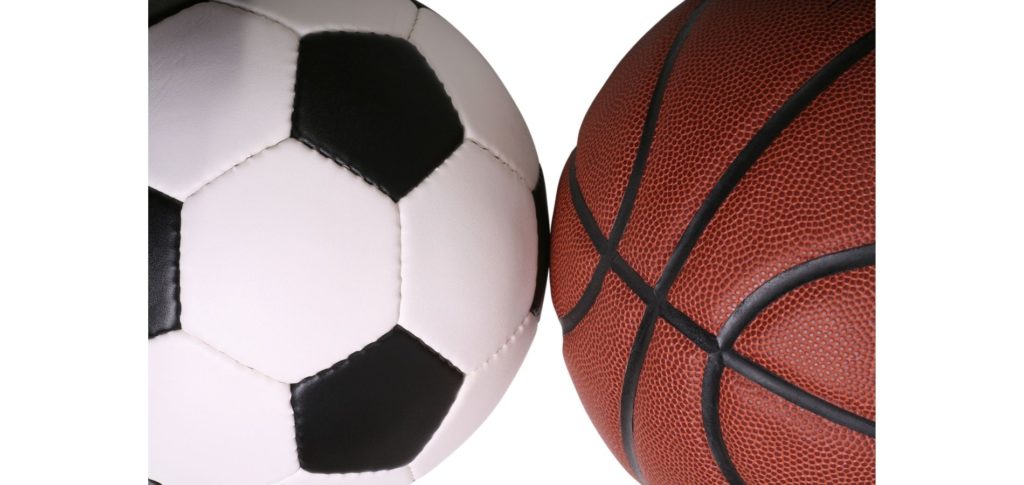
An important question that must be covered relates to overall usability.
The outer shell of a basketball is usually made from quality leather or synthetic rubber whereas soccer balls boast either a polyurethane or poly vinyl chloride coating that is softer on the touch than the former.
What this means is that soccer balls are more suited to being kicked.
They also travel much faster in the air due to the fact that they are of lower weight.
Although conversely, basketballs have a much better bounce on them and are easier to grip onto by hand.
Ultimately, it’s tough to make a case for one being better than the other, as they both do the jobs that they were intended for to a very high standard.
What are the different soccer ball sizes?

In soccer, balls come in different sizes because this allows participants of different ages to enjoy the game with the same level of fun and excitement.
A good case in point was if you looked at 5-year olds and 15-year olds as two separate age categories.
The first group wouldn’t get the same satisfaction playing with the biggest football size because the heavy weight would make the ball difficult to kick over great distances.
Even more so, the wide circumference will impede a 5-year olds ability to dribble comfortably.
Whilst on the other hand, a 15-year old won’t really encounter the aforementioned difficulties due to the fact that they’re taller and stronger.
So, let’s now look at how footballs differ in size.
Size 1
This is the smallest type of football available.
It’s great for playing with in the home and even keeping as a souvenir, particularly because a larger ball would be unsuitable for these purposes.
You also wouldn’t want to damage any household appliances by using a heavier ball with a larger surface area.
Toddlers aged 3 and under can easily grasp these by hand.
Size 2
These are great options for kids aged between 3 and 5 years old.
It’s an ideal size for kids to practice juggling as well as other neat skill moves.
Size 3
One step up from size 2, these balls are made for children in the age range of 5 to 8 years old.
Size 4
This ball is medium-sized and is a great option for kids who are transitioning towards playing football at a higher level.
It’s a size that’s largely suited for kids between the ages of 8 and 11 years.
Size 5
Lastly, we have the standard size of soccer ball.
This is perhaps the most common type and anyone from the age of 12 and above should have no trouble kicking and dribbling this one.
I’ve previously produced a comprehensive roundup of soccer ball options in this size so feel free to check that out when you’ve got a couple of minutes to spare.
Does the size of a soccer ball matter?
Clearly, size does matter.
If a person chooses to play with a ball that they are not physically equipped to use, they will derive less enjoyment from the sport as a whole.
This is due to the fact that they won’t be able to emulate the sort of skills, passes and shots that the professionals are able to make.
So, it’s ultimately important to take the size of the ball into account before you make a purchase.
Summary
This article has revealed that soccer balls are in fact smaller than basketballs.
It has also offered a useful comparison of dimensions between the two objects, along with highlighting the importance of ball size when it comes to playing soccer as a sport.
If you enjoy the content that I create and would like to buy me a coffee, then I’d really appreciate it!
Any money that I earn through this donation will be re-invested into more content for this website.
Additionally, by sending in a donation you’ll also receive a copy of my recently released 190+ page eBook on Soccer Ball Care, as well as be subscribed to our mailing list where you’ll be regularly informed on the latest developments concerning the Soccer Whizz blog.
- Future Icons: Europe’s Emerging Midfield Maestros Set for Glory - December 4, 2023
- Kickstarting a Revolution: How Soccer Transformed the United States Over the Last Four Years - October 7, 2023
- 4-1-4-1 Soccer Formation [Analysis] - September 23, 2023

